Vectors of Lymphatic Filariasis
A wide range of mosquitoes can transmit the parasite, depending on the geographic area. In Africa, the most common vector is Anopheles and in the Americas, it is Culex quinquefasciatus. Aedes and Mansonia can transmit the infection in the Pacific and in Asia.
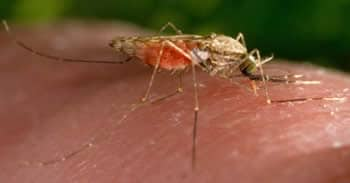
An Anopheles gambiae mosquito taking a blood meal. Credit: CDC

Many species in the genera Anopheles can transmit the infective larvae that cause lymphatic filariasis. Credit: CDC
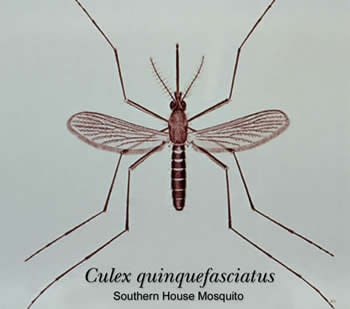
Illustration of Culex quinquefasciatus, a vector of lymphatic filariasis. Credit: CDC
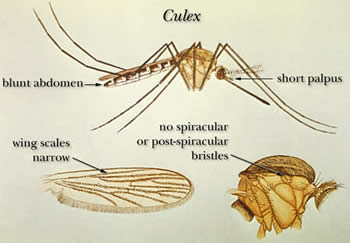
Illustration of Culex; several species in the genera Culex can transmit the infective larvae that cause lymphatic filariasis. Credit: CDC
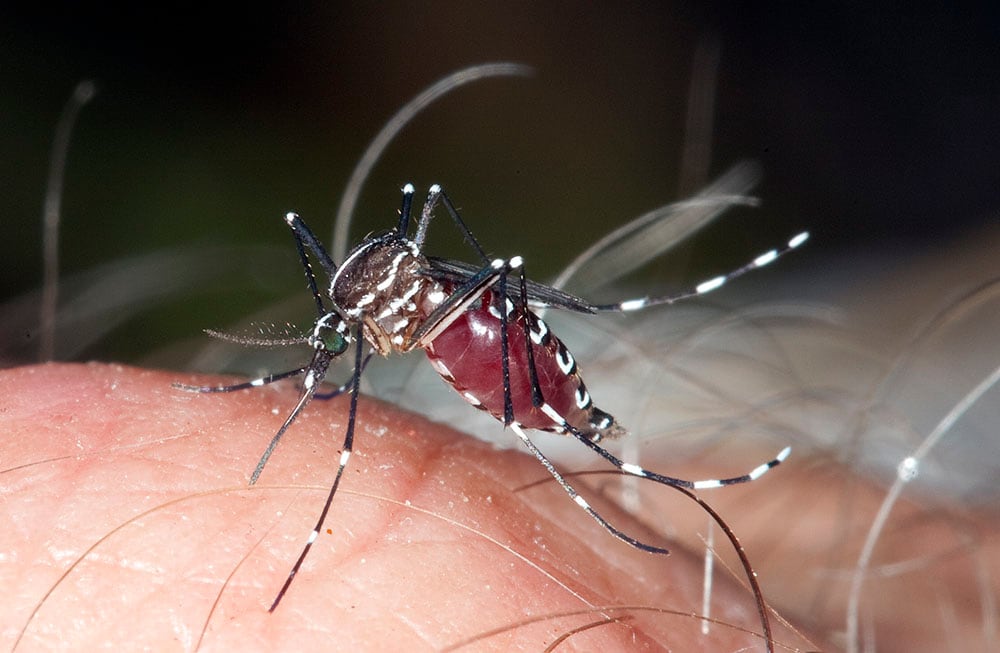
An Aedes polynesiensis female mosquito taking a blood meal. Credit: Paddy Ryan
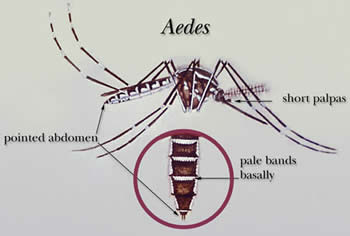
Many species in the genera Aedes can transmit the infective larvae that cause lymphatic filariasis. Credit: CDC